2021 was an incredible year for quantum computing and physics research. From time crystals to quantum immortality, we covered some gems!
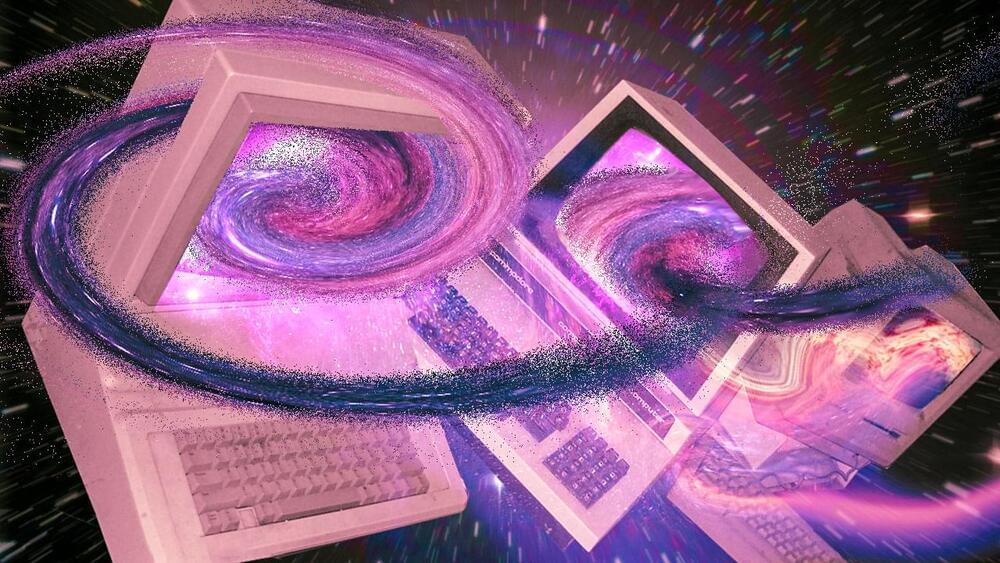

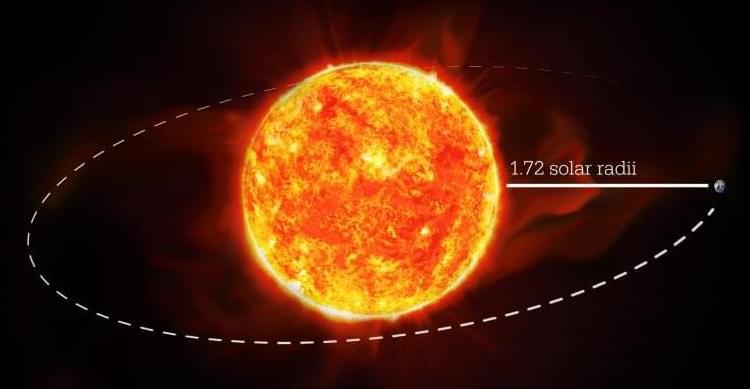
Mars-sized object orbiting extremely closely to an M-dwarf star has been validated using the Penn State Habitable-zone Planet Finder (HPF). The planet, which was originally classified as a false positive in an automated search of data collected by the Kepler space telescope, is about half the size of Earth and is so close to its host star that it orbits in less than 10 hours. If it were orbiting a star the size of our sun it would be skimming the star’s corona—the aura of exceedingly hot plasma.
Plasma is one of the four fundamental states of matter, along with solid, liquid, and gas. It is an ionized gas consisting of positive ions and free electrons. It was first described by chemist Irving Langmuir in the 1920s.

The modern electric vehicle renaissance has been hampered from day one by the physical limitations imposed by the current state of battery technology. Inefficiencies in the form of heavy battery packs and low power densities have long limited not just the range and performance of EVs but the very forms they can take — there’s a reason Tesla started with a Roadster and not a Cybertruck. But steady advancements in power systems over the past few years — alongside skyrocketing demand for larger, electrified vehicles which cater to the US market — has led to a watershed moment in 2021: the emergence of EV pickups and SUVs.
Yes, we all know the Model X exists and Tesla “did it first” — spare me your tweets — however, the sheer number and variety of new, pure EV pickup and SUV models either ready to hit the showroom floor or in active development is staggering compared to just a few years ago. Let’s take a look at some of this year’s standouts.
GM is betting big on its proprietary Ultium battery technology, investing $35 billion in self-driving and EV technologies through 2025. The company has also announced that it intends to sell 30 EV models by the end of 2025 and EVs exclusively after 2035 with the 1,000 horsepower GMC Hummer EV serving as its vanguard offering.
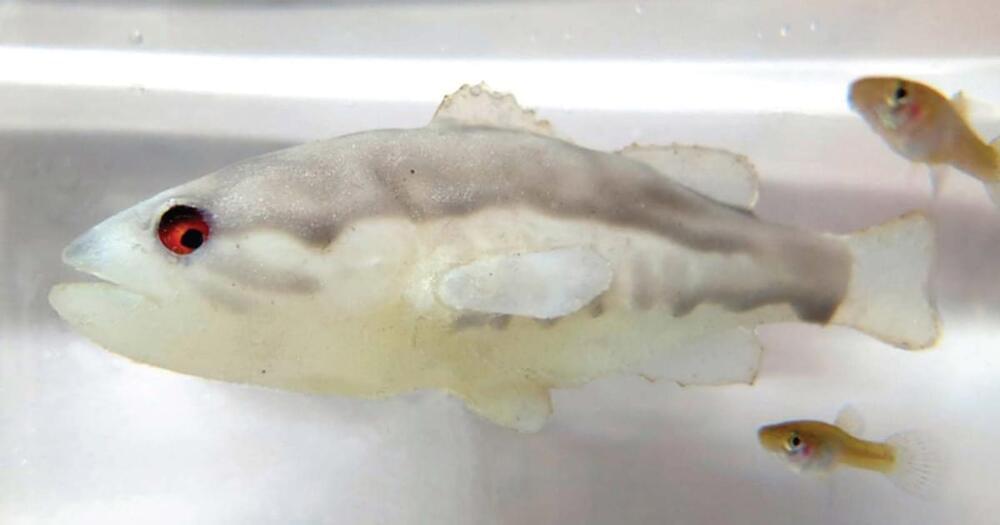
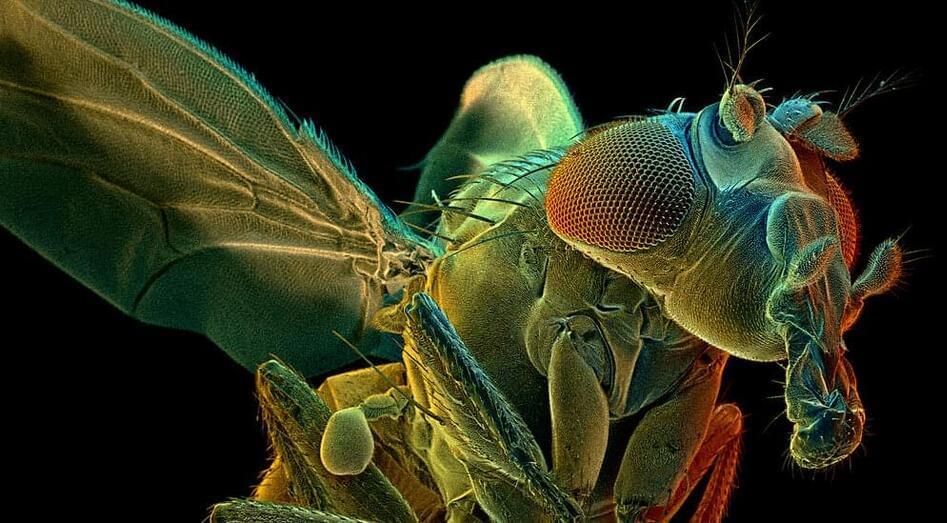
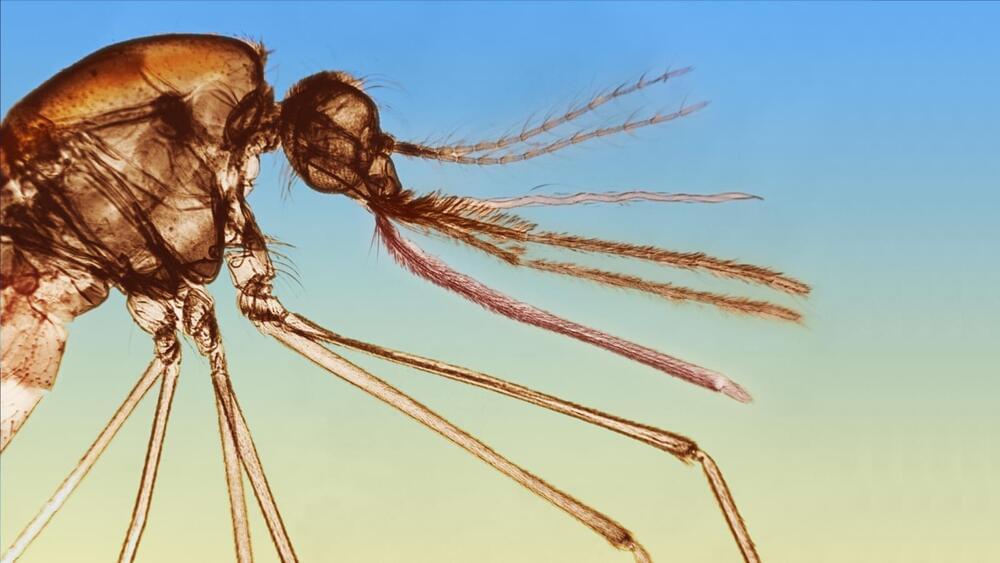
The World Health Organization (WHO) has officially recommended the widespread use of a malaria vaccine for the first time.
“As some of you may know, I started my career as a malaria researcher, and I longed for the day that we would have an effective vaccine against this ancient and terrible disease,” Director-General Tedros Adhanom Ghebreyesus said. “Today is that day, an historic day.”
The challenge: Malaria is a serious parasitic disease spread by mosquitoes. Although eradicated in the U.S. and many other countries, it’s a major threat to people in other parts of the world, claiming more than 400,000 lives every year, and about half of the deaths are children under the age of five.
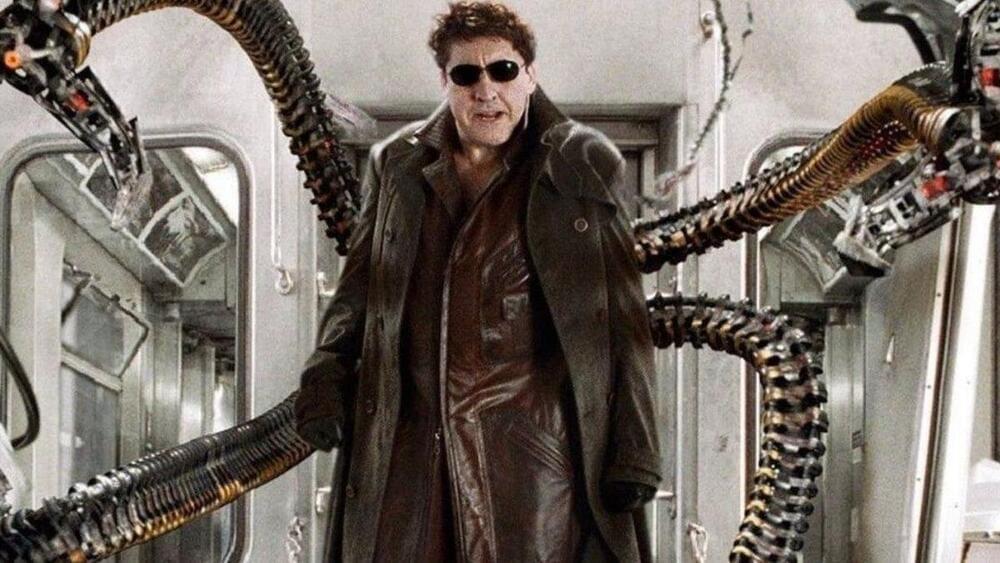
The Neuro-Network.
𝐓𝐡𝐢𝐬 𝐓𝐞𝐜𝐡 𝐅𝐫𝐨𝐦 𝐔𝐓𝐒 𝐂𝐨𝐮𝐥𝐝 𝐁𝐞 𝐭𝐡𝐞 𝐍𝐞𝐱𝐭 𝐒𝐭𝐞𝐩 𝐢𝐧 𝐂𝐨𝐧𝐭𝐫𝐨𝐥𝐥𝐢𝐧𝐠 𝐑𝐨𝐛𝐨𝐭𝐬 𝐖𝐢𝐭𝐡 𝐎𝐮𝐫 𝐁𝐫𝐚𝐢𝐧𝐬
𝙍𝙚𝙨𝙚𝙖𝙧𝙘𝙝𝙚𝙧𝙨 𝙖𝙩 𝙏𝙝𝙚 𝙐𝙣𝙞𝙫𝙚𝙧𝙨𝙞𝙩𝙮 𝙤𝙛 𝙏𝙚𝙘𝙝𝙣𝙤𝙡𝙤𝙜𝙮 𝙎𝙮𝙙𝙣𝙚𝙮 𝙝𝙖𝙫𝙚 𝙙𝙚𝙫𝙚𝙡𝙤𝙥𝙚𝙙 𝙖𝙣 𝙞𝙣𝙣𝙤𝙫𝙖𝙩𝙞𝙫𝙚 … See more.
This new biosensor developed by UTS researchers could be the next step in brain-controlled robotics, given its greater strength.

One Virginia family received the keys to their new 3D-printed home in time for Christmas.
The home is Habitat for Humanity’s first 3D-printed home in the nation, according to a Habitat news release.
Janet V. Green, CEO of Habitat for Humanity Peninsula and Greater Williamsburg, told CNN it partnered with Alquist, a 3D printing company, earlier this year to begin the process.
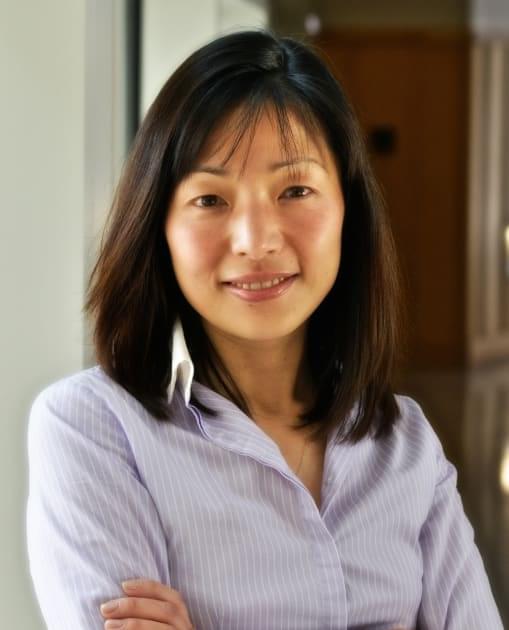
Q&A with Akiko Iwasaki, PhD, discussing research her team conducted recently that discovered local vaccines administered with a nasal spray were more effective in protecting mice against influenza than vaccines that are injected into the muscle, the way standard flu shots are done.
A Yale School of Medicine research team led by Akiko Iwasaki, PhD, recently found that local vaccines administered with a nasal spray were more effective in protecting mice against influenza than vaccines that are injected into the muscle, the way standard flu shots are done. Iwasaki, who is Waldemar Von Zedtwitz Professor of Immunobiology and professor of molecular, cellular, and developmental biology and of epidemiology (microbial diseases), discusses her new research, which was published December 10 in Science Immunology.
Akiko Iwasaki: We found that local mucosal immunity that’s established by intranasal vaccination elicits a much more robust and cross reactive, cross protective immunity than a conventional vaccine that uses intramuscular injection. And the way we got to this knowledge is that we were comparing different routes of vaccine administration and found that only after the intranasal vaccination, there are these antibodies that are secreted into the mucosa known as IgA. And this IgA coats the mucus membrane and mucus surface and protects the host by preventing the virus from entering the body. So it’s like putting the guard outside of the door instead of inside the door where antibodies normally work, inside the body.
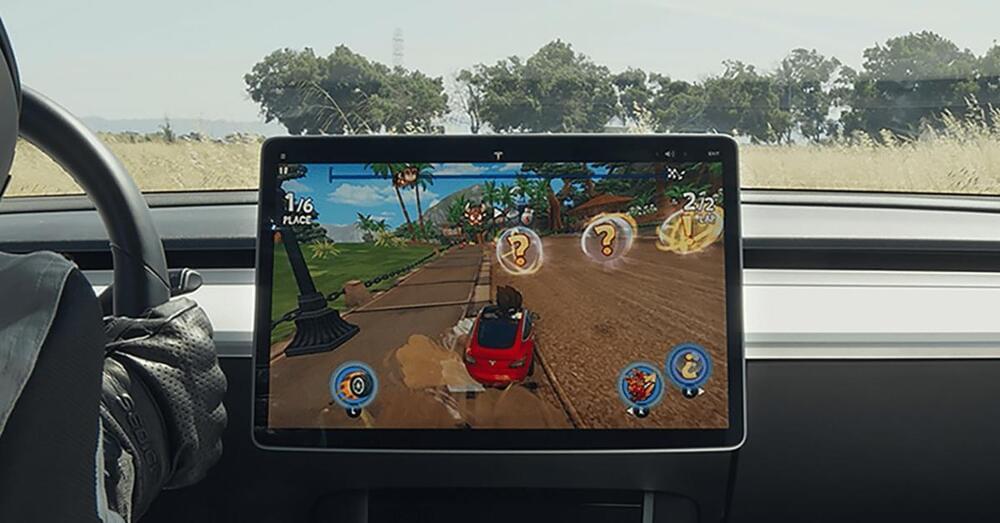
Tesla confirmed that it will shut down “passenger play,” which allows for playing video games on the center screen of its vehicles while driving. The change comes after NHTSA announced that it is opening an official probe into the situation.
Tesla has recently been putting more work toward video games inside its vehicles with the goal to “optimize fun” with its ownership experience.
Last year, we reported on Tesla building a new video game and user interface team in Austin, Texas. The goal is to build the platform, Tesla Arcade, and onboard as many video games as possible. Video games are primarily supposed to be used while parked and charging, but Tesla allows playing them while driving after a warning that the feature — called “passenger play” –should only be used by passengers.